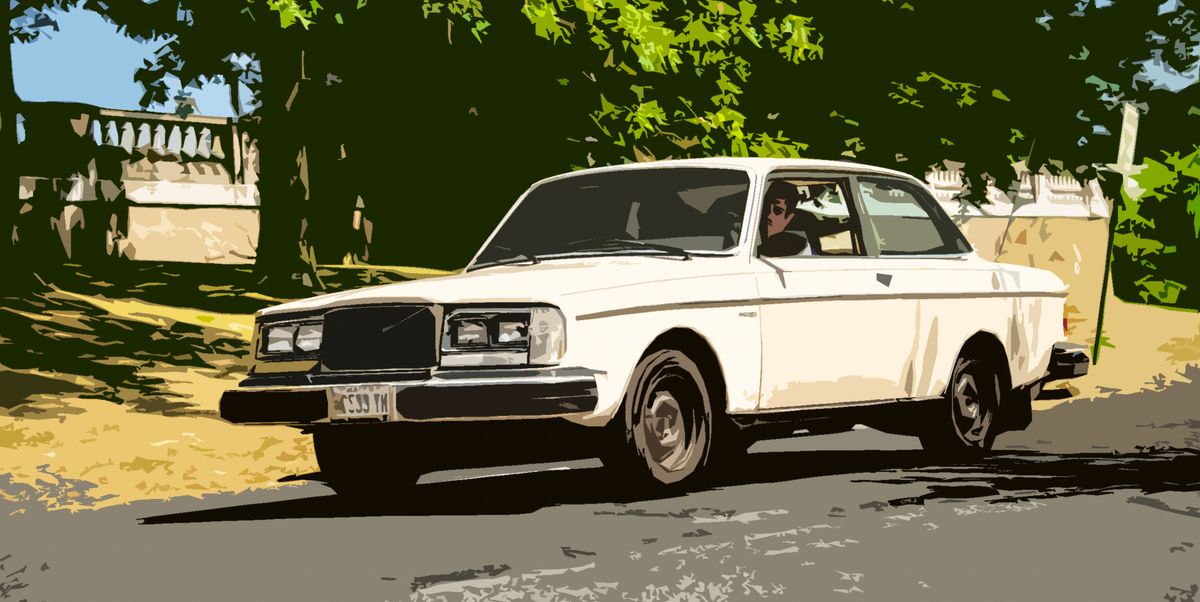Although this thread wasn't intended to be about electric vehicles, it has gone that direction somewhat. So I'll add this info here.
While "SEMA" is likely best known for the huge annual
SEMA Show that showcases products and services in the automotive aftermarket, that is actually only a byproduct of what SEMA does. They are a major industry trade association that provide a lot of various services to the automotive world. As such they are heavily tied into the car manufacturers, the aftermarket, the service segment, marketing, research, technology, and so much more. One task they perform regularly is various industry surveys, studies and research to keep abreast of the past, current, and future direction, as well as the latest trends within the whole market worldwide. In this month's newsletter the results of one such research effort was reviewed. Although it contains numerous categories I found some data regarding alternative power vehicles interesting. Keep in mind the following statistics only pertain to the USA for this particular study, and it includes all types of vehicles.
While there has begun a upward trend in "alternative power" vehicles (fuel cell/CNG, plug-in hybrid, electric, hybrid, etc) in recent years, it isn't nearly as much as one may think. Compared to gasoline and diesel powered vehicles, alternative powered ones comprise less than 1% of the total on the road today. Furthermore, even if the aggressive targets are met by
2030, that percentage will still only be 17%. Of those alternative power sources fuel cell/CNG is almost non existent (what happened to all those promises of it being the future?), plug-in hybrid and electric are not much higher, with hybrid being the most (about the same as diesel surprisingly). Projections for
2035 are as follows: fuel/CNG 1%, plug-in hybrid 9%, electric 26%, hybrid 9%, diesel 2%, and gasoline 53%.
So it looks like petrol power isn't going away anytime soon (thankfully), still 53% in almost 15 years from now (I'll likely be unable to drive by then anyway

). And while electric will grow, really not all that much. One of the biggest surprises to me is the decrease in diesel usage (I would have expected "big rig" trucks to continue using it for a long time to come). I'm also a bit surprised that hybrids will out sell plug-in hybrids, given the growth of electric on the whole. And apparently fuel cell and natural gas sources are extinct.
Something that may alter the projected numbers shown above is the ongoing research in biofuels and synthetic fuels. Since they are not a real factor in today's vehicles, they aren't included in the results. Many experts that deal with future fuel sources believe it will be the next generation of vehicle power, replacing a short-lived electric trend as well as the dominance of fossil petrol. If that proves to be true then the projected numbers may be very different, with biofuel replacing much of the alternative power and gasoline/diesel power sources. At least it is still internal combustion.



&width=800)

&width=800)
.jpg)